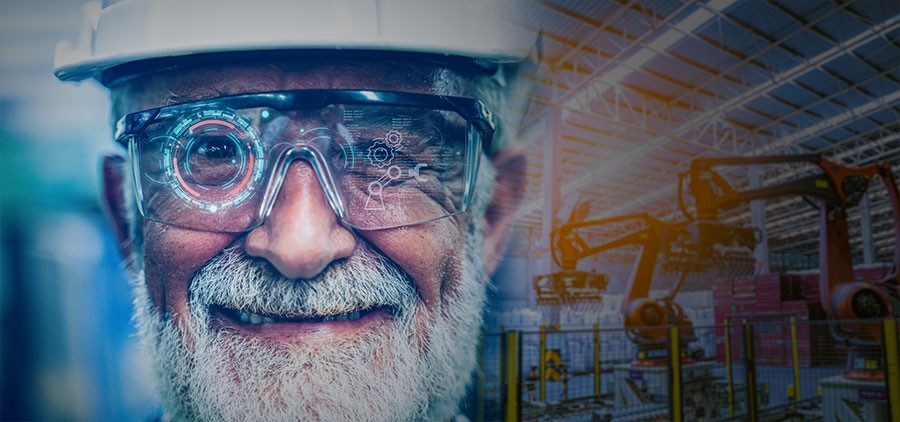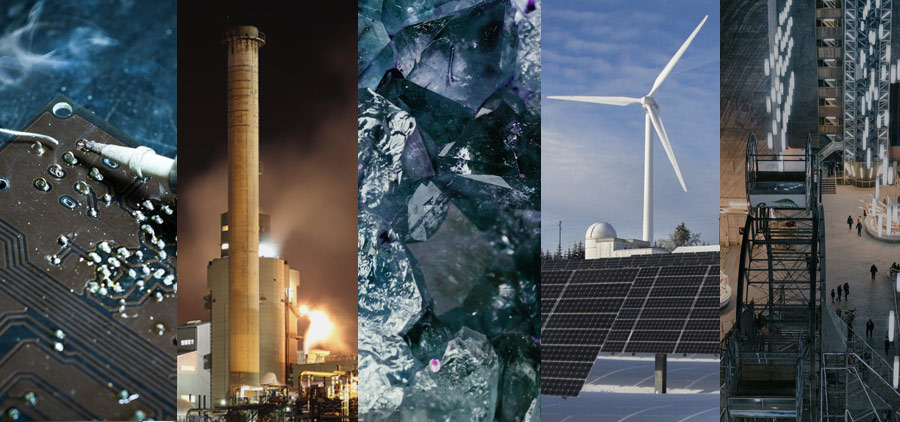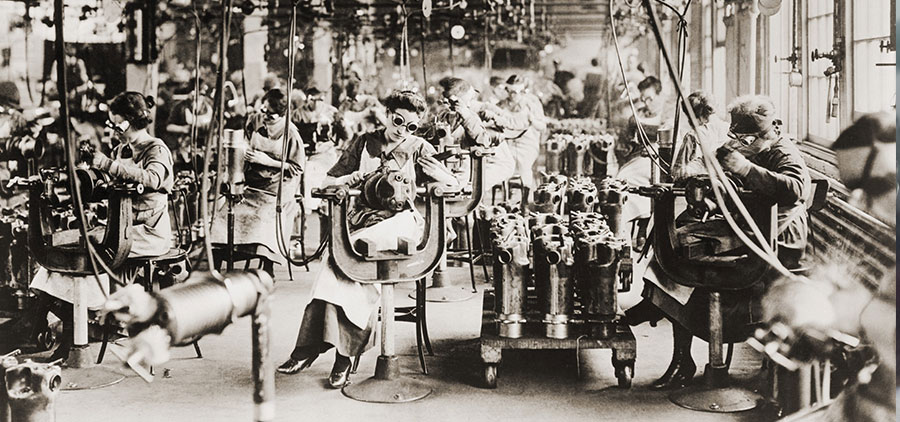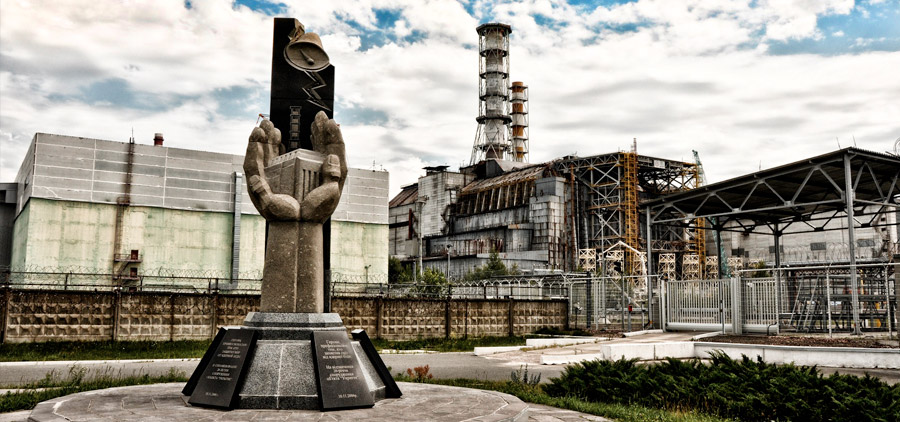We are moths to the flame when it comes to buzzwords. Industry loves them. Don’t believe me? Just look at your Linkedin feed. Digital Transformation, IoT, Big Data and Industry 4.0 are as ubiquitous as “synergy” was in the late 90’s. These buzzwords are vague and open to interpretation, and apply to different industries in various ways.
Asset Maintenance
Take for example IoT and IIoT (look carefully, there is an extra “I” in there).
IoT, or Internet of Things:
Is often applied to anything and everything that falls in the new wave of connecting people and devices. Used as interchangeably as Digital Transformation and even Big Data.
IIoT or Industrial Internet of Things
That extra letter, when applied to the process industry (refining, chemicals, pharma, etc.), becomes the culmination of years of investment in pervasive sensing, and finally being able to reach the next level of extracting value from data.
Pervasive Sensing, IIoT… why does it matter?
Operations in any manufacturing or process environment require the following key elements:
- Skilled labor and engineering (training and education)
- Control systems like PLC’s and DCS’s to manage alarms, process conditions, etc.
- Reliable equipment in the field and the skilled labor to maintain said equipment.
Increasing costs and limited availability of skilled resources have put a significant amount of pressure on the process and manufacturing industry. They are pushed to constantly find ways to increase productivity, reliability and efficiency across their organizations, all with fewer people. Check any news outlet, or ask anyone in the pharmaceutical industry right now. Skilled labor and engineering resources are scarce throughout the country, and in many parts of the industrialized world.
For decades, what became the colloquial IIoT was simply a measured increase in the availability of information. The more plentiful the data, the higher the quality of the information, the more rapid and informed the decisions would be. This was certainly sound thinking.
This played a huge role in making DCS’s and PLC’s more effective for process control, and has very recently been making enormous strides in asset reliability. Proactive and even predictive maintenance of moving parts in the field have allowed for a far more cost-effective and asset health-based maintenance program. Mobile alerts and collaborative tools have made these strides even more effective.
In spite of these gains in knowledge and efficiency, maintenance of assets still requires human intervention, and augmented reality is making that intervention even more effective.
Augmented Reality and Lessons Learned
With any application of nascent technology, there is always a learning curve. Ideas are developed into prototype products or software, and they then get deployed in real-world situations. That is where the real test begins.
As I write this, augmented reality is taking off, and finding value in very real applications. Not to be confused with the more immersive and recreational aspects of virtual reality, augmented reality is a way to overlay comprehensive data and information onto the physical world. We leverage the tools that we carry every single minute of every day in the form of our tablets and phones, and that has allowed us to start putting all of those years of data to good use.
Yet with anything new, the teething problems become apparent fairly early on.
The “Hands-Free” Problem
Safety in a process environment is critical, which means complete awareness of your surroundings and the ability to physically navigate while working. Augmented reality was able to take the reams of information available to us, from live process data to workbooks and data sheets, and put it at the fingertips of people in the field. That brought to light another issue.
For the same reasons we are not allowed to text while we drive, using tablets and phones for AR purposes limits the use of our eyes and hands, opening up the very real possibility of people getting injured on the job.
Most will recall when wearable tech in the form of glasses got flack a while back, for obvious cosmetic reasons. They were also limited in functionality relative to what your phone could do, and cost even more. The idea was sound, but the demand hadn’t quite aligned with the product yet.
Fast-forward, and now we have an application where the appearance of a thing is taking a backseat to its capabilities.
A what-if scenario
Let’s imagine we are a valve technician at a large chemical plant.
You get an alert that a control valve in the field is in need of maintenance. Perhaps the valve is sticking, or acoustic sensors detected a steam leak, which could mean the packing in the stem is shot and in need of replacement.
That area is isolated and made safe, and the tech is deployed. They have a radio in their ear and the smart glasses affixed to a hard hat with an integrated antenna for better connectivity.
Except this valve technician is new, and has no idea where the valve is. Combine the GPS of the personnel tracker that every person in the plant is wearing for accountability and safety, and the technician can be guided to the valve via the glasses.
They have not seen this model before, and have no idea what is wrong with it, or how to troubleshoot and service it. They can pull the information on the model of the valve, and review the procedures for safely fixing or replacing the valve by looking at it, and allowing the information to be displayed on their tablet. Step by step instructions can be laid in front of their eyes, while audio prompts read the text to them via voice control.
Their hands are free to do the work, and their eyes are able to focus on where they are going, and they are able to successfully perform the task. They are able to maintain situational awareness, ensuring that alarms and alerts are noticed that could impact their work or their safety.
Perhaps they receive an alert in the field, and can then be deployed to another asset to perform additional work. The speed of information is no longer the limiting factor.
What comes next
One could watch “Back to the Future” and be utterly disappointed that 2020 gave us a pandemic instead of a hoverboard. However, if you were to turn the clocks back 100 years and compare the process industry to where we are now, the outlandish musings of science fiction aficionados doesn’t actually seem so far fetched.
Regardless of which tools are used, be it Augmented Reality Glasses or drones that can do the work for you, the bottom line is this: the integration of people, and the way an organization embraces change, will always be the difference.







